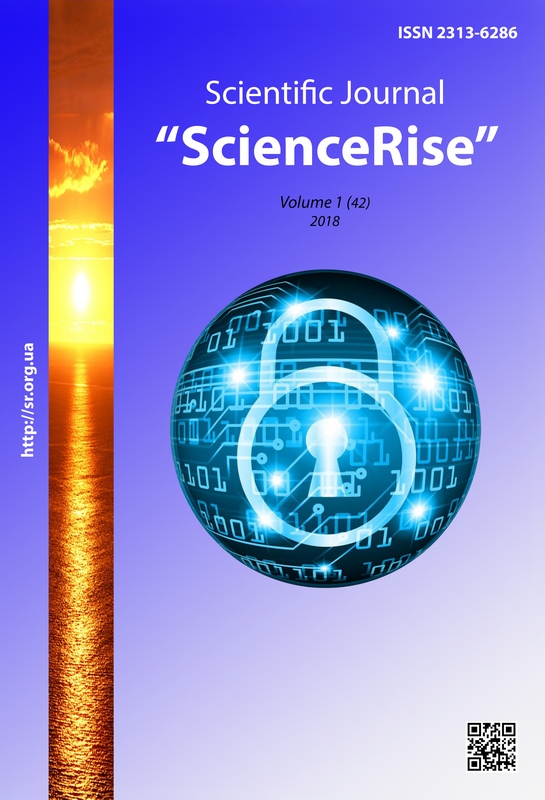Development of formal theory of articles of the land code of Ukraine and its algorithmization
DOI:
https://doi.org/10.15587/2313-8416.2018.121695Keywords:
formalization, predicate logic, algorithm, program, product rules, land relations, axiomAbstract
The actual task of using ontological engineering of land relations is presented in the article. On the example of article 162d of the Land Code of Ukraine, the possibility of constructing mathematical constructions characterizing land relations with the help of the logic of predicates is shown. The formal theory based on the logic of predicates and production rules of the problem of determining the degradation of a land plot and their algorithmization is formed
References
Lam, P., Mitchell, J., Sundaram, S. A. (2010). Formalization of HIPAA for a Medical Messaging System. 1–13. Available at: https://theory.stanford.edu/~jcm/papers/hipaa_formalization.pdf
Kiseleva, O. M., Seliakova, S. M. (2013). Synthesis of the knowledge base of the expert system for the diagnosis and treatment of influenza. Informatsionnye upravlyayushhie sistemy i komp'yuternyy monitoring, 10, 563–567.
Kiseleva, O. M., Seliakova, S. M. (2014). Formal models of differential diagnosis of nasal breathing function. Matematicheskoe modelirovanie. Sistemnyy analiz. Prinyatie resheniy, 2 (83), 61–65.
Meteshkin, K. A. (2012). Kraeugol'nye kamni piramidy znanii nauchno-pedagogicheskih i pedagogicheskih rabotnikov [The cornerstones of the pyramid of knowledge of scientific pedagogical and pedagogical workers]. Kharkiv: HNAGH, 335.
Kapustina, A. I., Palchunov, D. E. (2017). Development of an ontological model of tariffs and cellular communication services based on logically complete definitions of concepts. Vestnik NGU Seriya: Informatsionnye tekhnologii, 15 (2), 34–46.
Hidayat, А. (2013). Formalization of sharia law in indonesia. South East Asia Journal of Contemporary Business, Economics and Law, 3 (3), 27–31.
Man'ko, D. G. (2013). Technologies of formalization of law. Naukovyi visnyk Mizhnarodnoho humanitarnoho universytetu. Seriia: Yurysprudentsiia, 5, 18–21.
Radeiko, R. I. (2014). Formalization as a method of studying legal phenomena. Visnyk Natsionalnoho universytetu "Lvivska politekhnika". Yurydychni nauky, 810, 86–93.
Mahmoud, M. Y., Felty, A. P. (2017). Quantum Programming Language in a Linear Logic. 1–32. Available at: http://www.site.uottawa.ca/~afelty/dist/HybridProtoQuipper17.pdf
Bessmertnyi, I. A. (2010). Iskusstvennyi intellekt [Artificial Intelligence]. Saint Petersburg: SPbGU ITMO, 132.
Downloads
Published
Issue
Section
License
Copyright (c) 2018 Maksim Kukhar, Konstantin Meteshkin

This work is licensed under a Creative Commons Attribution 4.0 International License.
Our journal abides by the Creative Commons CC BY copyright rights and permissions for open access journals.
Authors, who are published in this journal, agree to the following conditions:
1. The authors reserve the right to authorship of the work and pass the first publication right of this work to the journal under the terms of a Creative Commons CC BY, which allows others to freely distribute the published research with the obligatory reference to the authors of the original work and the first publication of the work in this journal.
2. The authors have the right to conclude separate supplement agreements that relate to non-exclusive work distribution in the form in which it has been published by the journal (for example, to upload the work to the online storage of the journal or publish it as part of a monograph), provided that the reference to the first publication of the work in this journal is included.

